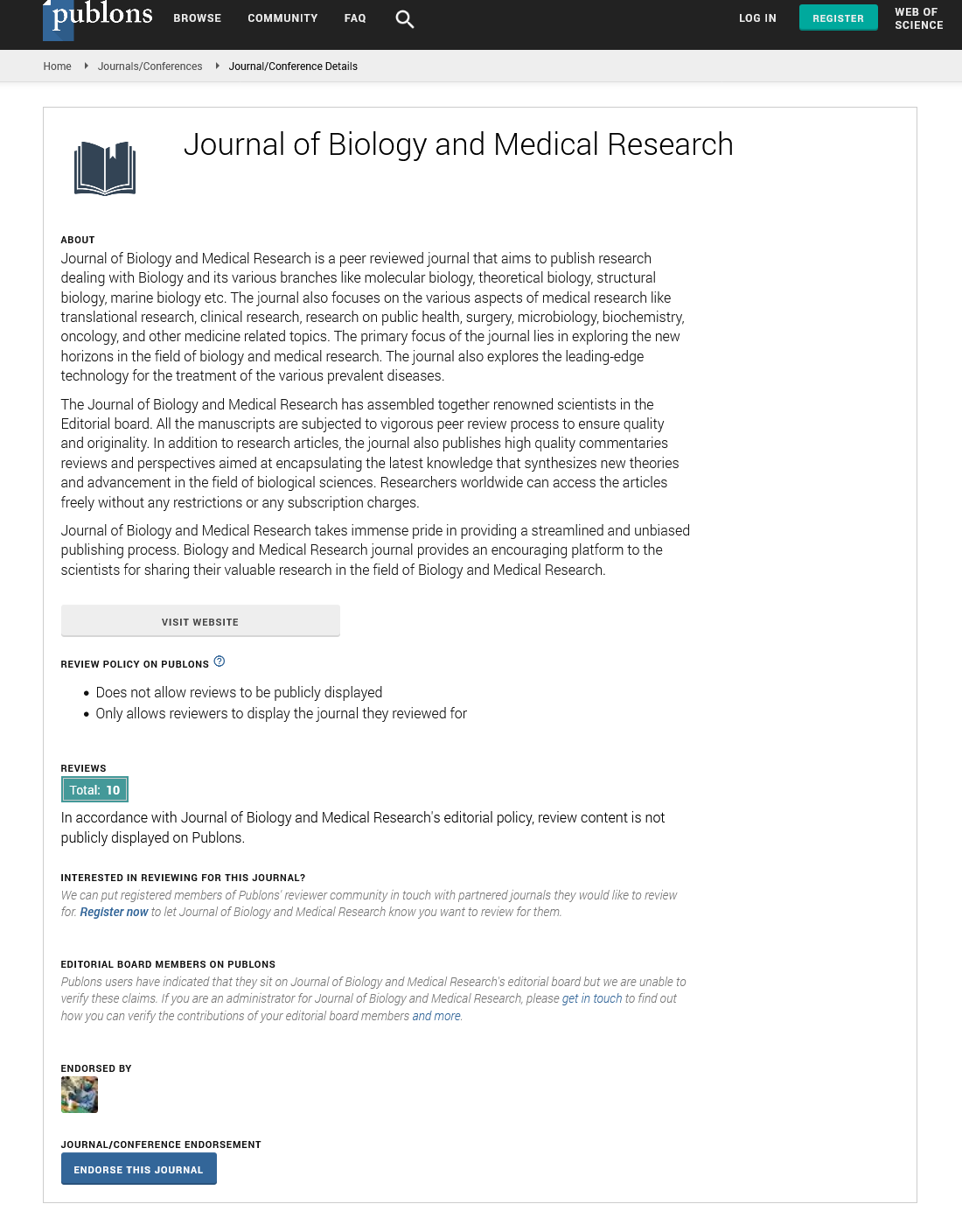Abstract
Natural and Synthetic Receptors
Zimmer and Peacock is an ISO13485 contract developer and manufacturer of electrochemical biosensors, where receptors and recognition elements are a critical part of determining a diagnostics sensitivity and selectivity. The range of recognition elements exploited at ZP includes: enzymes, antibodies, aptamers, receptors, MIPS and MICPS. In this talk we will give some case studies of where synthetic and natural receptors and recognition elements are exploited in modern electrochemical biosensing. Analytical chemistry is now developing mainly in two areas: automation and the creation of complexes that allow, on the one hand, for simultaneously analyzing a large number of samples without the participation of an operator, and on the other, the development of portable miniature devices for personalized medicine and the monitoring of a human habitat. The sensor devices, the great majority of which are biosensors and chemical sensors, perform the role of the latter. That last line is considered in the proposed review. Attention is paid to transducers, receptors, techniques of immobilization of the receptor layer on the transducer surface, processes of signal generation and detection, and methods for increasing sensitivity and accuracy. The features of sensors based on synthetic receptors and additional components (aptamers, molecular imprinted polymers, biomimetics) are discussed. Examples of bio- and chemical sensorsâ?? application are given. Miniaturization paths, new power supply means, and wearable and printed sensors are described. Progress in this area opens a revolutionary era in the development of methods of on-site and in-situ monitoring, that is, paving the way from the â??test-tube to the smartphoneâ?ÂÃâÃÂ.
Author(s): Martin Peacock
Abstract | Full-Text | PDF
Share This Article
Google Scholar citation report
Citations : 80
Journal of Biology and Medical Research received 80 citations as per Google Scholar report
Journal of Biology and Medical Research peer review process verified at publons
Abstracted/Indexed in
- Google Scholar
- Publons
Open Access Journals
- Aquaculture & Veterinary Science
- Chemistry & Chemical Sciences
- Clinical Sciences
- Engineering
- General Science
- Genetics & Molecular Biology
- Health Care & Nursing
- Immunology & Microbiology
- Materials Science
- Mathematics & Physics
- Medical Sciences
- Neurology & Psychiatry
- Oncology & Cancer Science
- Pharmaceutical Sciences
